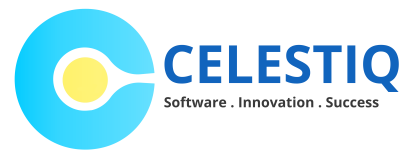The lifecycle of a SaaS (Software as a Service) product is a complex and ongoing process that involves several stages, from idea conception to product retirement. In this article, we will take a detailed look at each stage of the SaaS product development lifecycle and discuss the key considerations and tasks that need to be addressed at each stage.
1. Idea and Concept Development
The first stage of the SaaS product development lifecycle is the idea and concept development stage. This is where the initial idea for the SaaS product is generated and refined. During this stage, market research is conducted to validate the idea and to identify the target audience and their needs. This research helps to determine the potential demand for the product and to identify any similar products that are already available in the market.
2. Product Design and Development
After the idea and concept have been validated, the product design and development process begins. This includes creating wireframes, mockups, and prototypes of the product. The development team also works on defining the technical architecture, selecting the technology stack, and building the MVP (Minimum Viable Product). The MVP is a basic version of the product that has the core functionality and is used to test the product with a small group of users before launching it to the market.
3. Testing and Quality Assurance
Once the MVP is built, it is thoroughly tested to ensure that it is free of bugs and meets the requirements. This includes functional testing, performance testing, security testing, and usability testing. The testing phase is crucial for identifying any issues and bugs in the product and for making sure that the product is ready for launch.
4. Product Launch
After the product has been successfully tested, it is launched to the market. This includes creating a marketing plan, setting up the infrastructure, and making the product available to the target audience. The launch phase is critical for the success of the product as it is the first time that the product is available to customers. A well-executed launch can help to generate buzz and interest in the product, while a poorly executed launch can lead to poor adoption and low sales.
5. Product Maintenance and Support
Once the product is launched, it enters the maintenance and support phase. This includes addressing any issues that arise, updating the product with new features and bug fixes, and providing customer support. The maintenance and support phase is ongoing and is essential for maintaining the product’s functionality and for addressing any issues that customers may encounter.
6. Product Retirement
Eventually, the product will reach the end of its lifecycle and will need to be retired. This includes phasing out the product, migrating customers to a new product, and archiving any data and documentation. The retirement phase is an important step in the lifecycle as it allows the company to focus on new products and to ensure that the end-of-life product is handled in a responsible and professional manner.
It’s important to note that this is a general overview of the SaaS product development lifecycle and different companies may have different ways of developing, launching and maintaining their SaaS products. Additionally, SaaS products are constantly evolving, so these steps may be iterated multiple times during the product’s lifecycle.
In conclusion, the SaaS product development lifecycle is a complex and ongoing process that involves several stages, from idea conception to product retirement. Each stage of the lifecycle requires careful planning and execution to ensure that the product is successful. Companies that can effectively manage the SaaS product development lifecycle will be well-positioned to deliver high-quality products that meet the needs of their customers.




